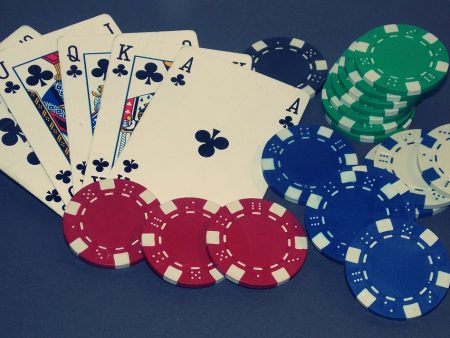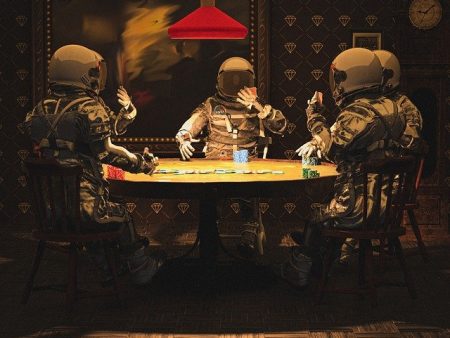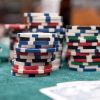

Did a game make you wonder about the odds of getting pocket pairs? This article will help you figure the probability of getting a pocket pair starting hands and that of your opponent getting one. We will also discuss the difference between the two scenarios.
What Are The Odds That You Get A Pocket Pair Starting Hands?
Let’s take an example to understand this. The first card you pick can be any from the 52-card deck, making it irrelevant in the calculation. Your second card has to be one of the 3 remaining cards that match your first card’s value. Since now 52 cards are remaining in the deck, the probability that you’ll get a pocket pair is 3/51 or 1/17 or 5.88%.
You can also express this by saying that, on average, you must be dealt a pocket pair after every 17 hands.
Here, the probability may seem high. But that is the relative understanding of each person. Say you get 10 tries at a 1/17 shot while playing a 10-person game. Here, the chance that at least one player gets a pocket pair would be 45%. In other words, the likelihood that two or more players get a pocket pair would be below 45%.
Odds That An Opponent Has A Pocket Pair
Also, if there are 10 players, each of them has a 6% chance of getting a pocket pair at first. To calculate the odds that no player is dealt a pocket pair, we calculate 0.94^10, which equals 0.54. This implies that the probability of a player having a pocket pair at the table would be 0.46.
Now, if you have a pocket pair, you need to calculate the chance that none of the remaining 9 players have a pocket pair. The answer is 0.94^9 or 0.57, which means that the possibility that one player among the 9 having a pocket pair would be 0.43.
To Sum Up
The second card you pick comes to play when calculating the probability of getting a pocket pair. It will be 3/51 or 1/17, which can be expressed as 5.88 in decimals.
While arriving at the probability of any one of your opponents getting a pocket pair after you is 0.43, in a 10-player game, to come to this answer, you first need to calculate the probability that one of the 9 players gets a pocket pair, i.e., 0.57.







